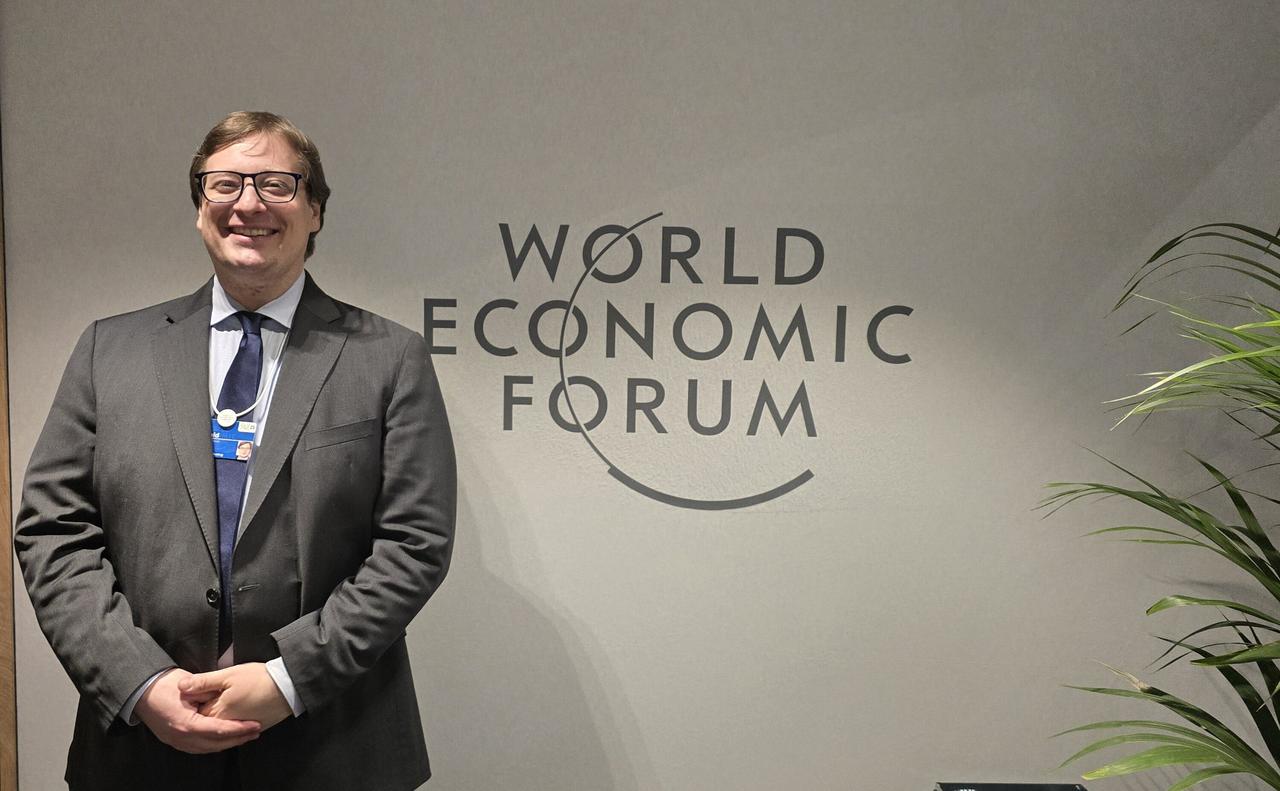
Cashiers, coal miners, bank tellers, shepherds, and even artisans are among the professions facing extinction as automation, artificial intelligence, and sustainability-driven policies transform global labor markets, according to the World Economic Forum’s recent report.
The “Future of Jobs 2025” report highlights that nearly 92 million jobs are expected to disappear globally between 2025 and 2030, while about 170 million new ones will be created. Around 22% of current professions are projected to either undergo radical change or vanish entirely, the report indicated.
Technologies such as robotics, data processing, and AI are replacing not only routine roles like data entry clerks and assembly workers but also creative jobs, such as graphic design. Roles in finance and retail, such as bank tellers, customer service agents, and cashiers, are being rapidly overtaken by AI-powered systems, while warehouse staff and packers are being displaced by automation.
Speaking to Anadolu Agency, Till Leopold, Head of Work and Employment Insights at the World Economic Forum, noted that the nature of disappearing jobs has evolved. “In the past, roles at risk were mostly repetitive and routine. Now, we’re seeing jobs like graphic design also becoming vulnerable,” he said.
He emphasized that instead of labeling these jobs as outdated, it is more accurate to say that required skills and job content are changing rapidly.

The shift toward digital agriculture is making traditional farming and shepherding obsolete.
Tools such as drone-assisted monitoring and automated irrigation systems reduce reliance on manual labor. Similarly, craftspeople face increasing pressure as 3D printing, e-commerce, and mass production lower the demand for skilled handiwork, affecting trades like tailoring, shoemaking, and goldsmithing.
Despite the disruption, Leopold remarked that artisanal work remains culturally valuable, even if it struggles to stay economically competitive. He also warned that this transformation may result in the loss of a way of life, as professions often serve as vessels of cultural memory and social identity.

In response to climate change, countries such as Australia and Germany are scaling down coal operations, forcing thousands of workers in mining and oil fields into retraining programs.
While traditional energy roles decline, demand is rising for renewable energy engineers, electric vehicle specialists, and environmental technicians.
According to Leopold, the green transition is not just an environmental imperative but a structural labor market shift. He pointed to growing opportunities in clean energy fields, including sustainability engineering and maintenance roles tied to electric infrastructure.
The report emphasizes that many growing job categories—such as nurses, teachers, care workers, and counselors—are not futuristic but reflect increased demand tied to aging populations.
As global workforces shift demographically, education and public service roles are expected to expand significantly, particularly in developing countries with younger populations.

By 2030, around 40% of core skills in any given occupation will have changed. Even a five-year university education may be partially outdated by graduation, Leopold warned.
He said that those preparing for their dream job today may find that two years of their formal training are already obsolete by the time they enter the workforce. He added that future employability will rely on a combination of digital fluency and human-centered abilities like creativity, empathy, and adaptability.
Beyond economic impact, the decline of traditional jobs signals a loss of cultural heritage and collective memory. The rise of generative AI raises concerns about how professional knowledge is transferred across generations.
“We are already seeing how generative AI is changing the way we relate to shared knowledge and experience,” said Leopold, adding that the shift challenges how younger workers gain practical insight and how seasoned professionals pass on intuitive expertise.